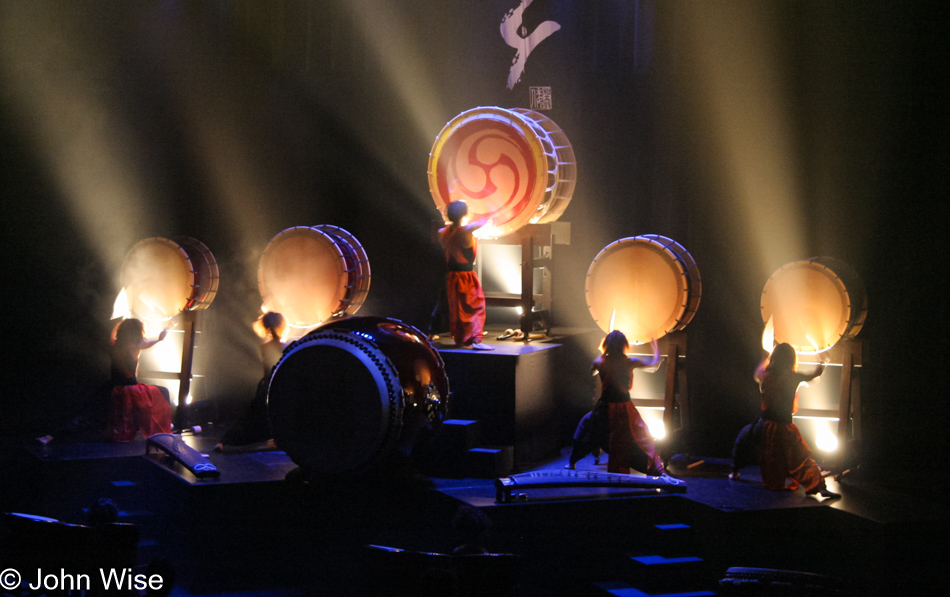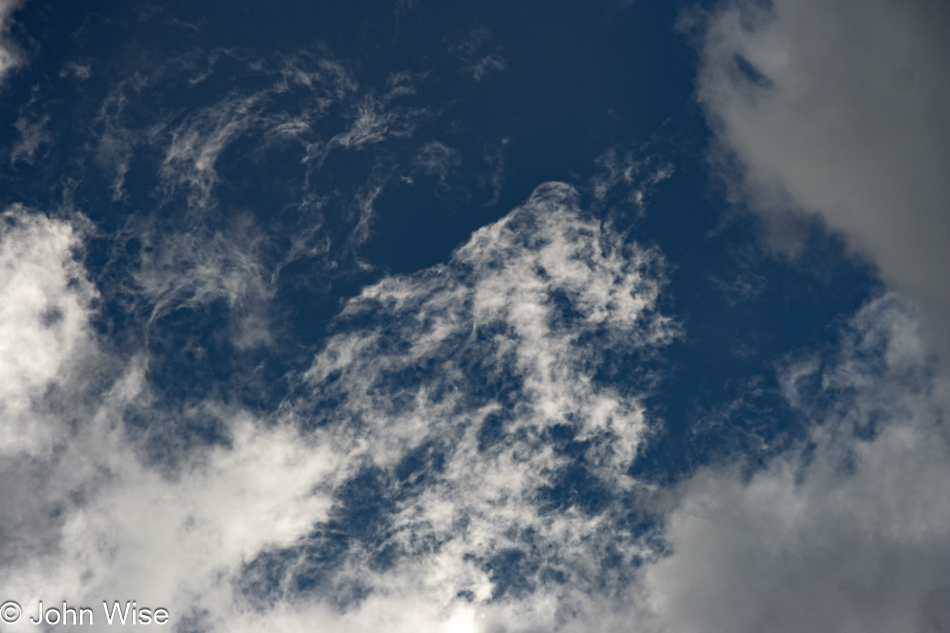Here is the updated travel and entertainment schedule for Caroline and me.
October 20 Yamato Drummers of Japan
October 22 – 23 Los Angeles to visit Giant Robot, see an old friend, go to the Nuart for the movie Naked in Ashes about the Yogis of India, and eat some Shabu Shabu in Little Tokyo
November 20 Discover India Diwali Festival at Heritage Park in Phoenix
November 20 R. Carlos Nakai / Keola Beamer perform Native Voices / R. Carlos plays Native American Cedar Flute while Keola plays Slack Key Guitar from Hawaii
November 23 – 27 Drive up the California coast to the Monterey Bay Aquarium and another tour with Sanctuary Cruises for some Whale watching.
November 25-? The Future of Food will be shown at The Loft in Tucson.
December 1 Las Noches de las Luminarias at the Desert Botanical Garden / The garden is lit for the holidays with luminarias
December 10 – 12 Disneyland in Los Angeles, California, and some shopping. It’s Caroline’s Birthday.
December 23 – 26 Santa Barbara with family
December 27 – January 1 Trip up the coast to Big Sur, Santa Cruz, San Francisco, Pt. Reyes with reservations for Alcatraz, sunset cruise in Santa Cruz, and elephant seal walking tour at Ano Nuevo State Reserve.
January 13 – 15 Staying at the El Tovar at the Grand Canyon, celebrating our 12th Anniversary
January 26 – 29 Camping on Lake Powell in Page, Arizona
February 1 Garrison Keillor from Prairie Home Companion performs a solo show in Scottsdale
February 4 – 5 Hoop Dance at the Heard Museum
February 11 Renaissance Festival begins
February 16 – 19 Considering snowshoeing at Crater Lake in Oregon
February 23 – 26 Sedona Film Festival
March 11 – 12 Death Valley National Park
March 30 Scottish Battlefield Band
April 1 Peking Acrobats
April 22 – May 1 Going to Kauai, Hawaii in celebration of my 43rd Birthday!
May 12 Festival of India II with Ravi Shankar
May 25 – 30 Road trip over the long Memorial Day weekend to parts unknown
June 30 – July 5 We are going to Canadian, Texas and staying at the Arrington Ranch (as seen in the movie Cast Away). With a parade, fireworks, rodeos, the Cattle Exchange Restaurant, and a newly renovated Palace Theatre that is the third busiest theatre in all of Texas, a stay in a small town on a working ranch for Independence Day sounds just right. Visit Alibates Flint Quarries National Monument or call 806-857-3151 for a tour.
September 1 – 5 Yellowstone National Park, we just have to come back here year after year. I have already booked our room (#225) at the Old Faithful Inn




